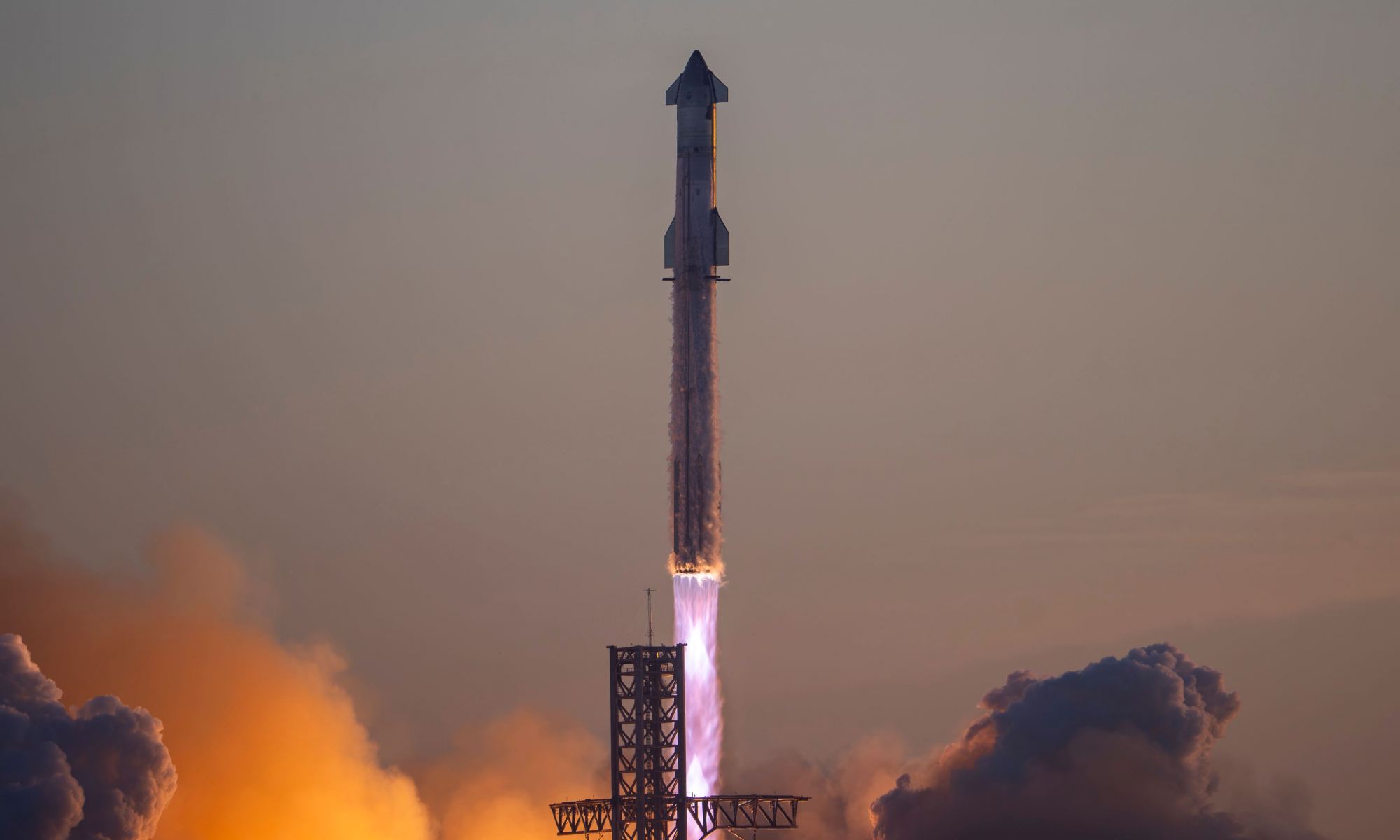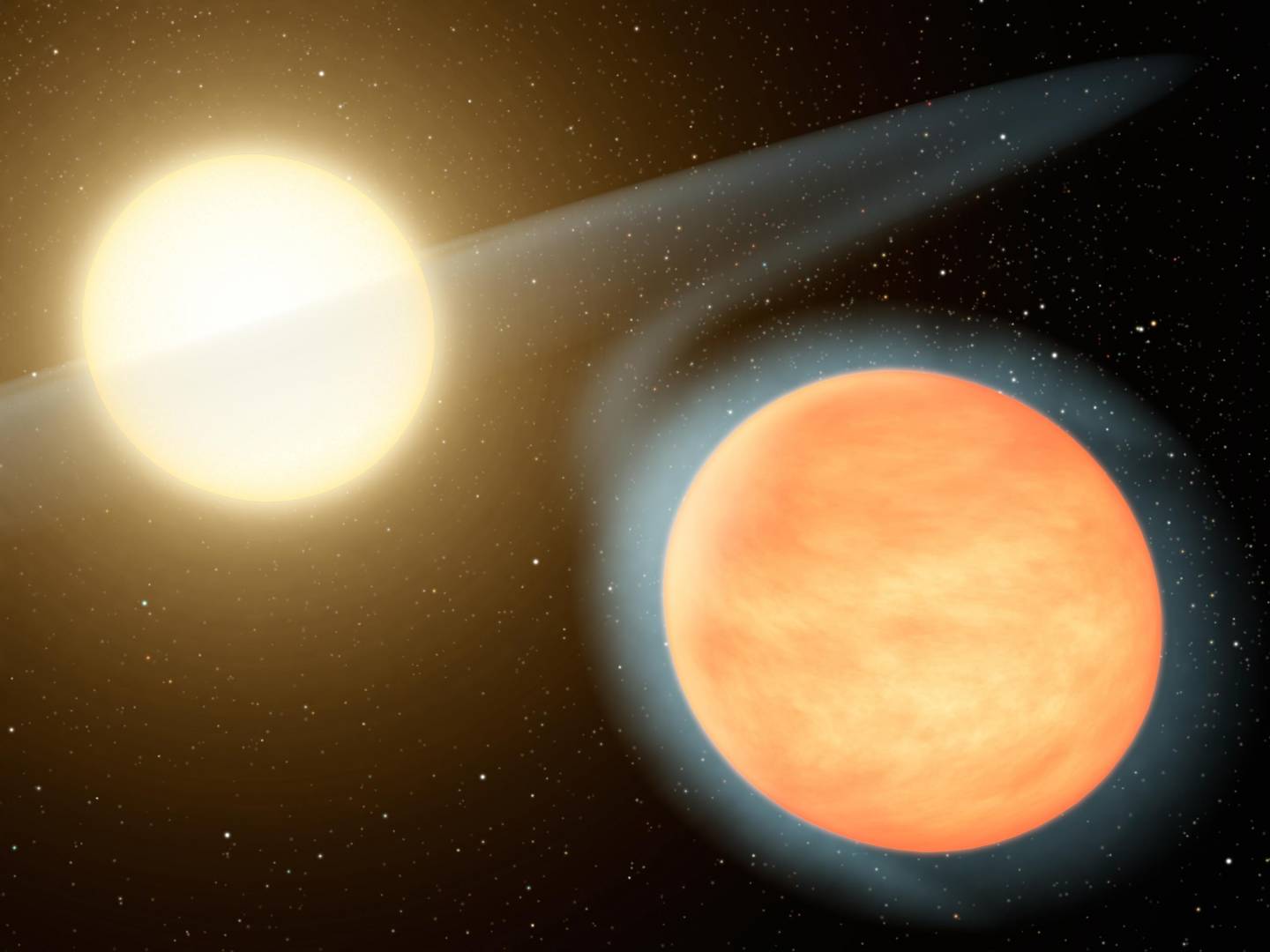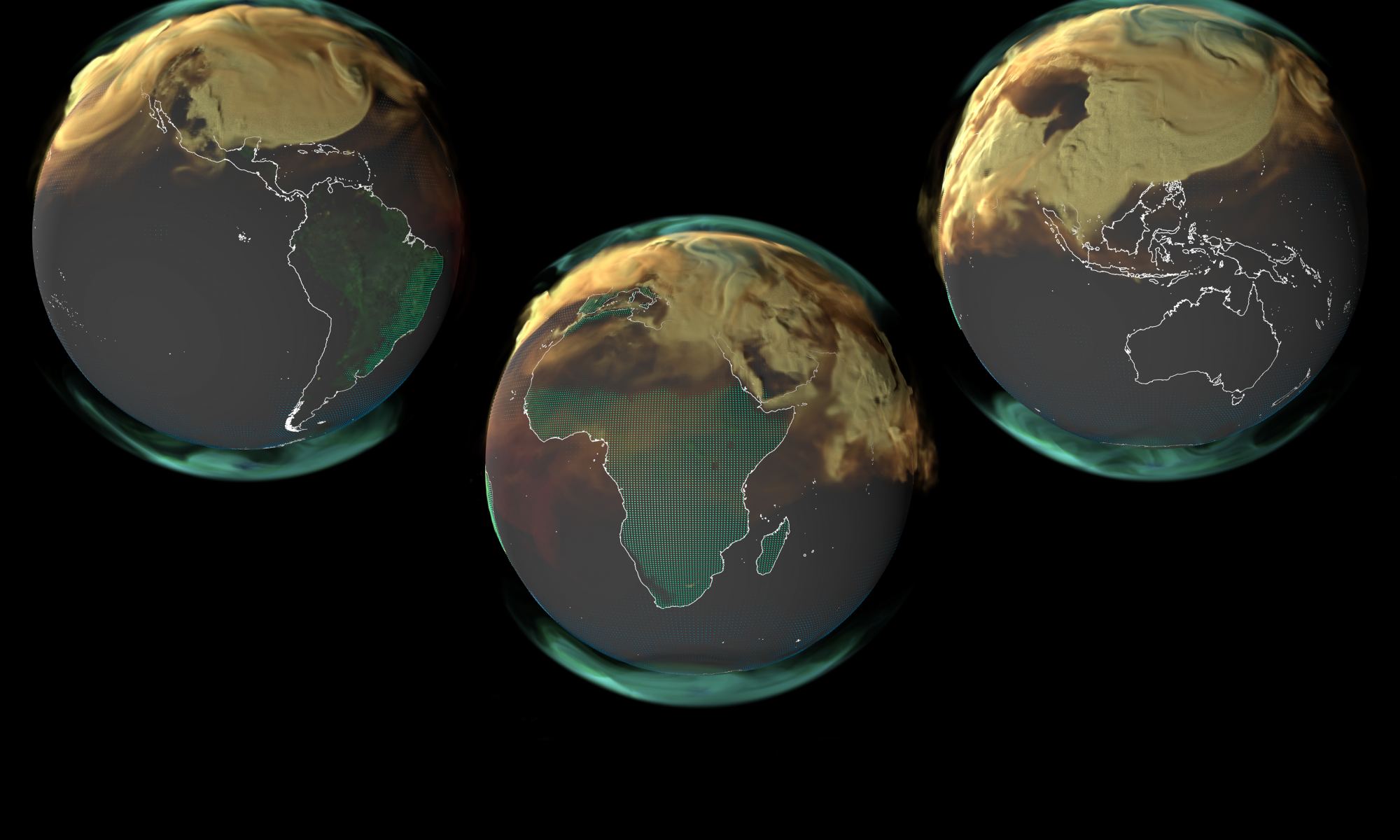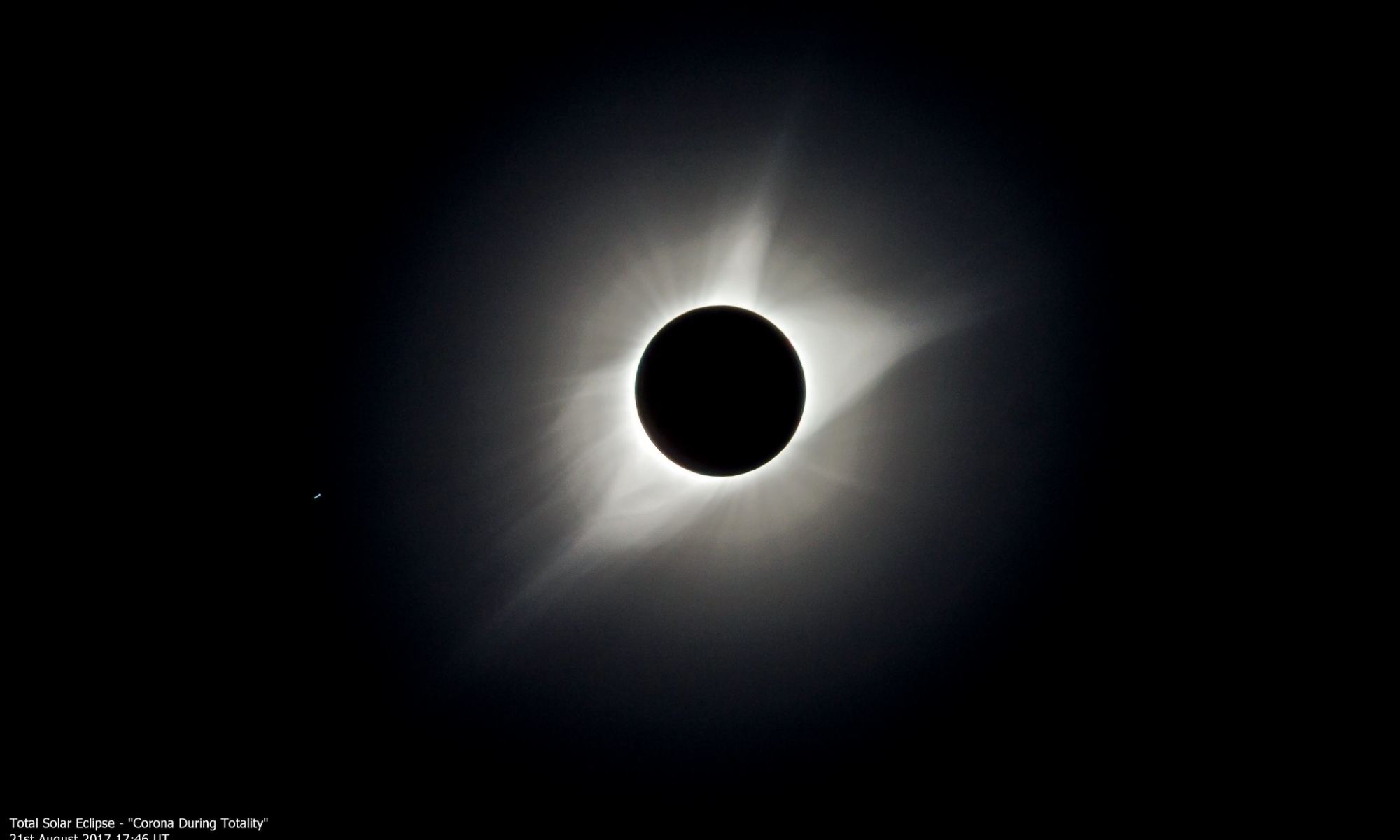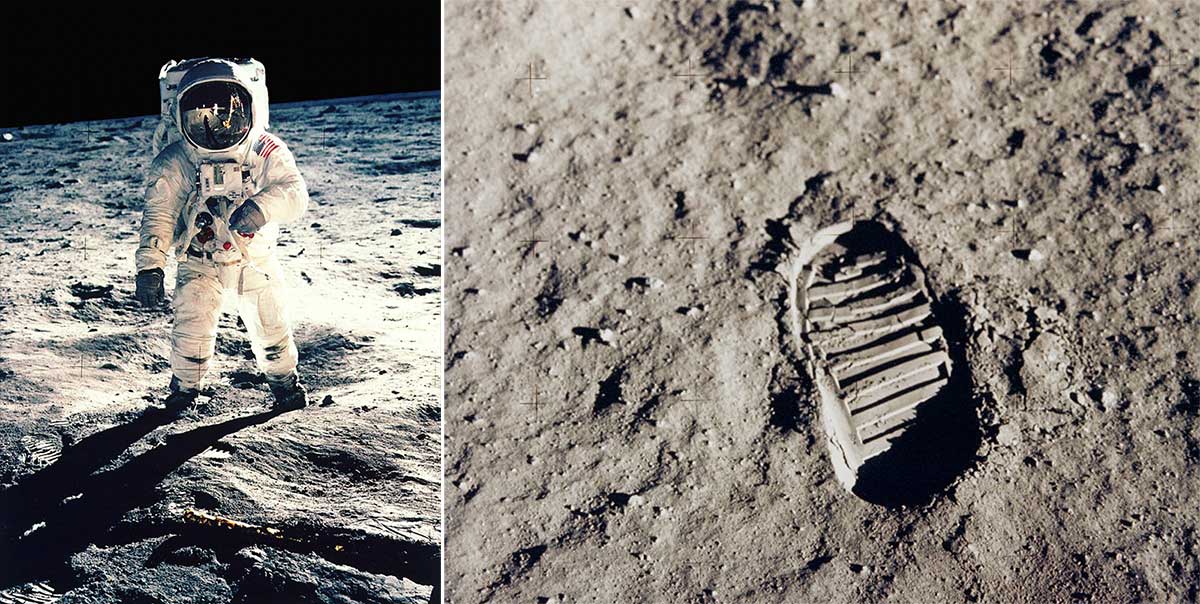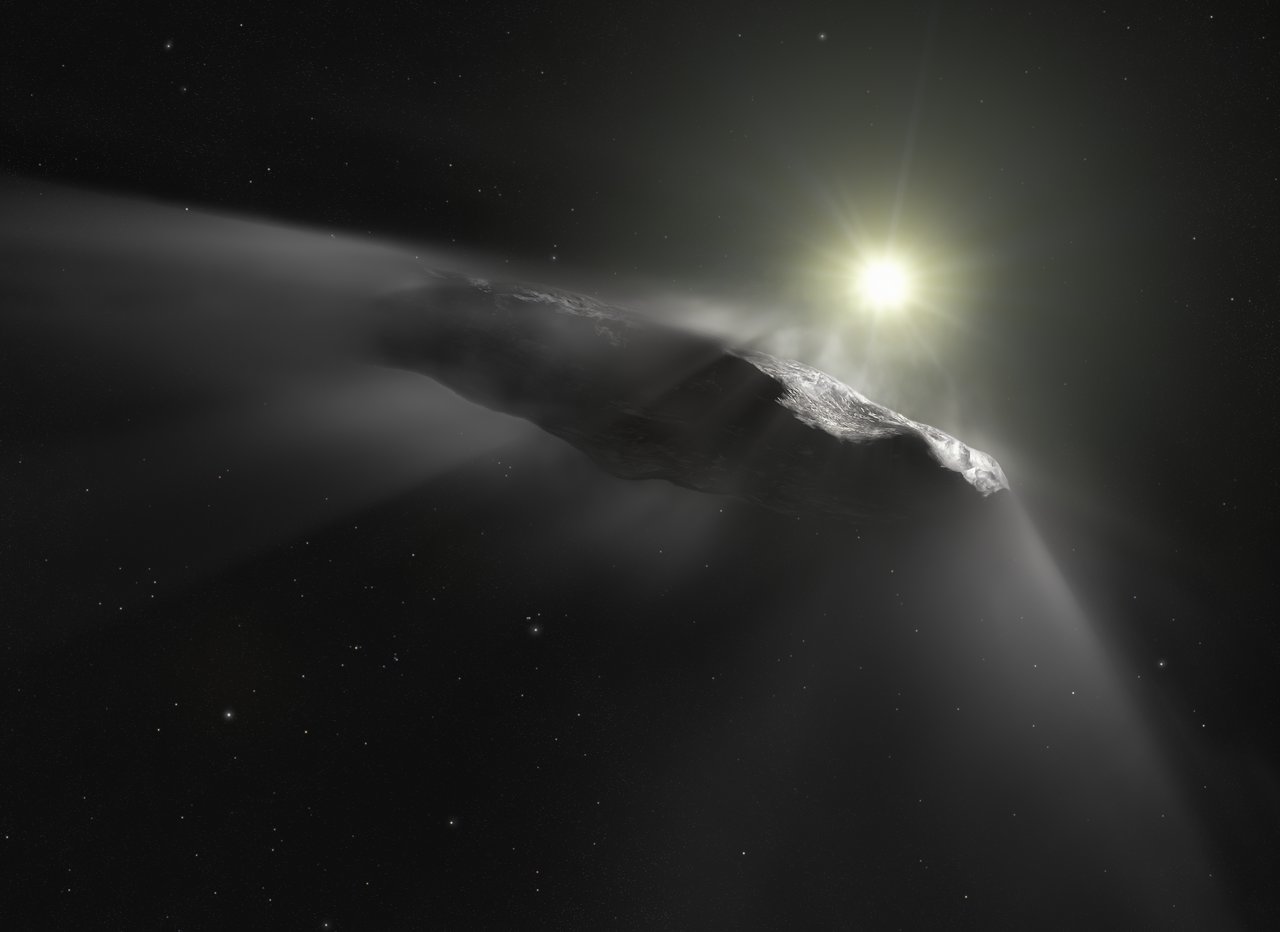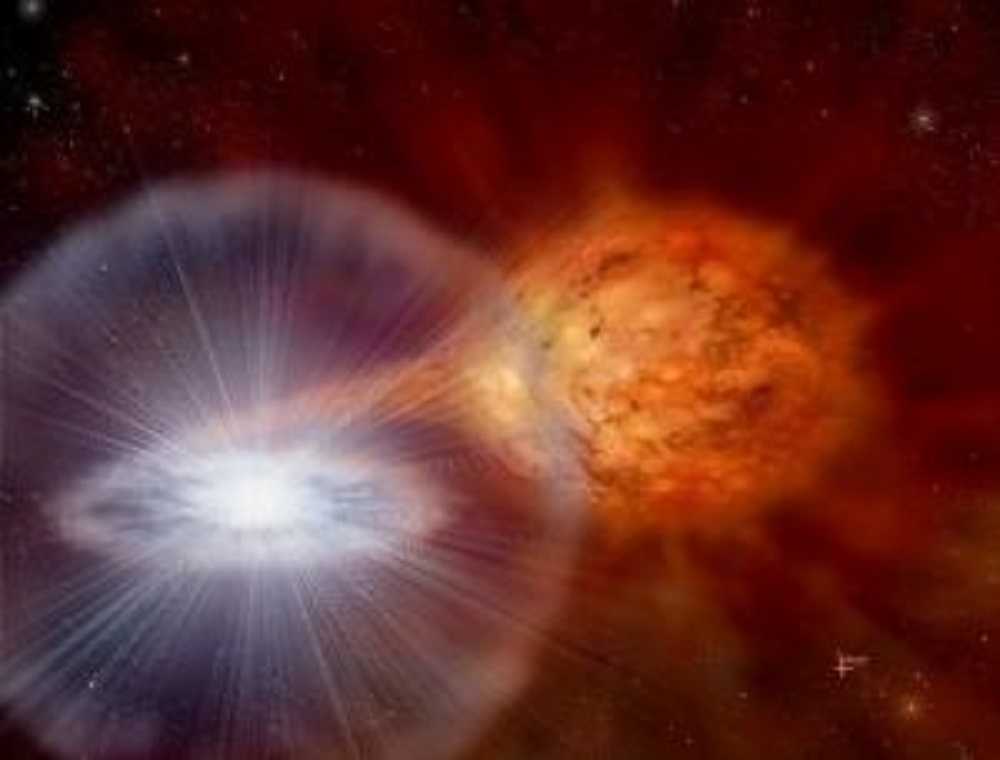In the next decade, space agencies will expand the search for extraterrestrial life beyond Mars, where all of our astrobiology efforts are currently focused. This includes the ESA’s JUpiter ICy moon’s Explorer (JUICE) and NASA’s Europa Clipper, which will fly past Europa and Ganymede repeatedly to study their surfaces and interiors. There’s also NASA’s proposed Dragonfly mission that will fly to Titan and study its atmosphere, methane lakes, and the rich organic chemistry happening on its surface. But perhaps the most compelling destination is Enceladus and the lovely plumes emanating from its southern polar region.
Since the Cassini mission got a close-up look at these plumes, scientists have been aching to send a robotic mission there to sample them – which appear to have all the ingredients for life in them. This is not as easy as it sounds, and there’s no indication flying through plumes will yield intact samples. In a recent paper, researchers from the University of Kent examined how the velocity of a passing spacecraft (and the resulting shock of impact) could significantly affect its ability to sample water and ice within the plumes.
Continue reading “What Can We Learn Flying Through the Plumes at Enceladus?”

